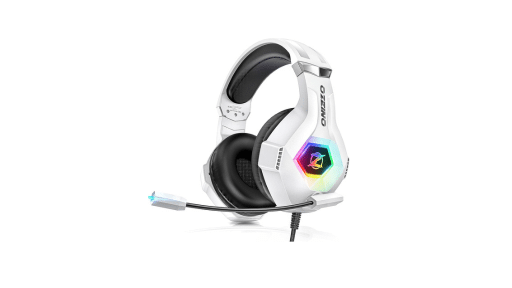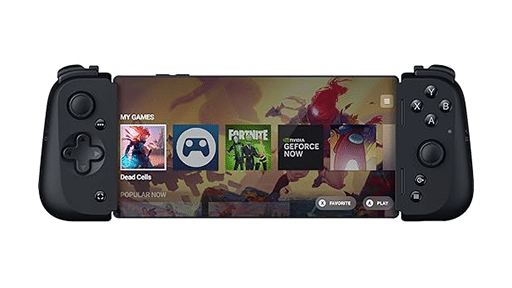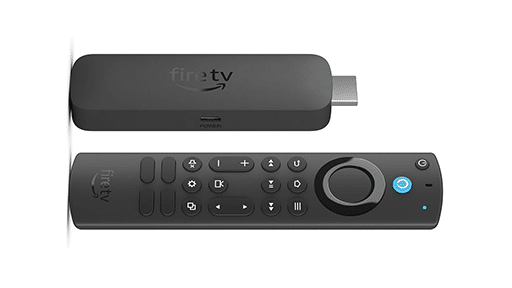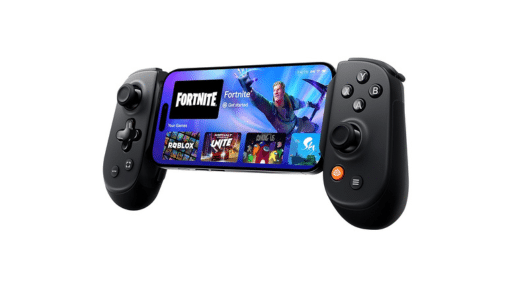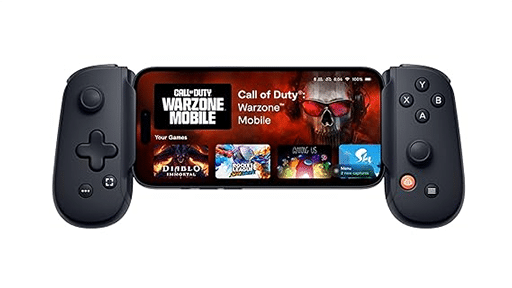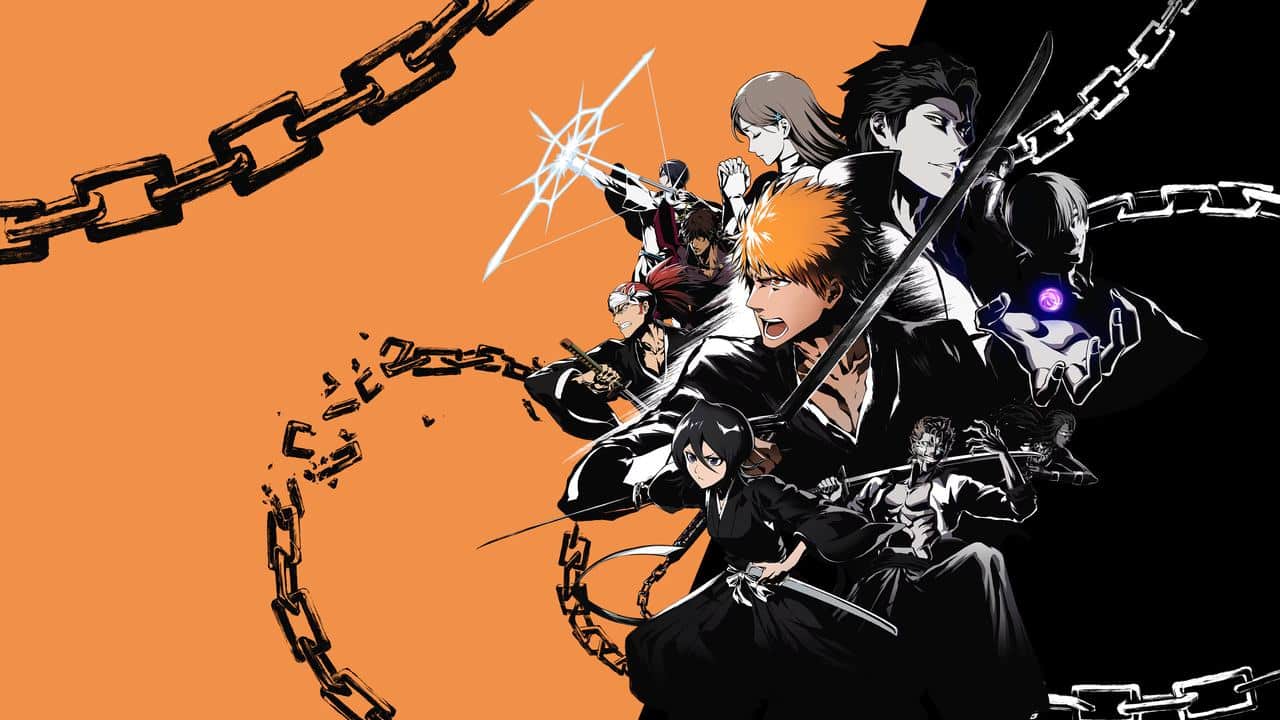
Bleach games have had their ups and downs. Bleach: The Blade of Fate on the DS delivered smooth gameplay and a strong competitive scene, while Bleach: Soul Resurrección on the PS3 felt like a repetitive hack-and-slash with little variety. So when Bleach Rebirth of Souls was announced, I was hopeful but cautious. A fully fleshed-out fighting game based on Bleach’s fast-paced combat sounded like a great idea, but execution was key.
Now that it’s here, the results are mixed. The combat feels solid, the character roster is varied, and the game fully embraces Bleach’s unique fighting styles. But some missing features and questionable design choices hold it back from being great.
Let’s break down what Rebirth of Souls does well—and where it misses the mark.
The Story That Could’ve Been More
Bleach Rebirth of Souls covers the Substitute Shinigami Arc through the Arrancar Arc, offering a sizeable chunk of the anime’s story. Unlike some anime fighting games that rely on still images or text-heavy scenes, this one features fully animated 3D cutscenes. On paper, that’s an improvement, but in practice, the execution is uneven.
The biggest issue, in my opinion, is pacing. Some scenes drag on too long, while others rush through major events without giving them proper weight. Key moments are either skimmed over or feel underdeveloped, making it a weak introduction for anyone unfamiliar with Bleach. The cutscenes also feel stiff, with minimal character movement and awkward pauses between dialogue. Instead of fully animating dramatic moments—like major transformations or special attacks—the game often cuts away, leaving them feeling underwhelming.
I was excited to relive some of Bleach’s best moments, but that excitement faded quickly. Watching characters stand motionless while slow-moving dialogue played out made many sequences feel lifeless. The menus and UI have a sleek, stylish look that fits Bleach’s aesthetic, but they can’t make up for the story mode’s lackluster presentation.
The battles themselves don’t shake things up much. Most story fights play like standard matches, with a few Hollow encounters that feel like filler. There’s no unique mission design or mechanics to break up the action—it’s just a series of one-on-one fights. That structure works but can become repetitive over time.
If you’re a longtime Bleach fan, you might still enjoy revisiting these story beats, even if they aren’t the most engaging adaptation. But if you were hoping for cinematic battles and a compelling retelling of the anime’s events, this version falls short.
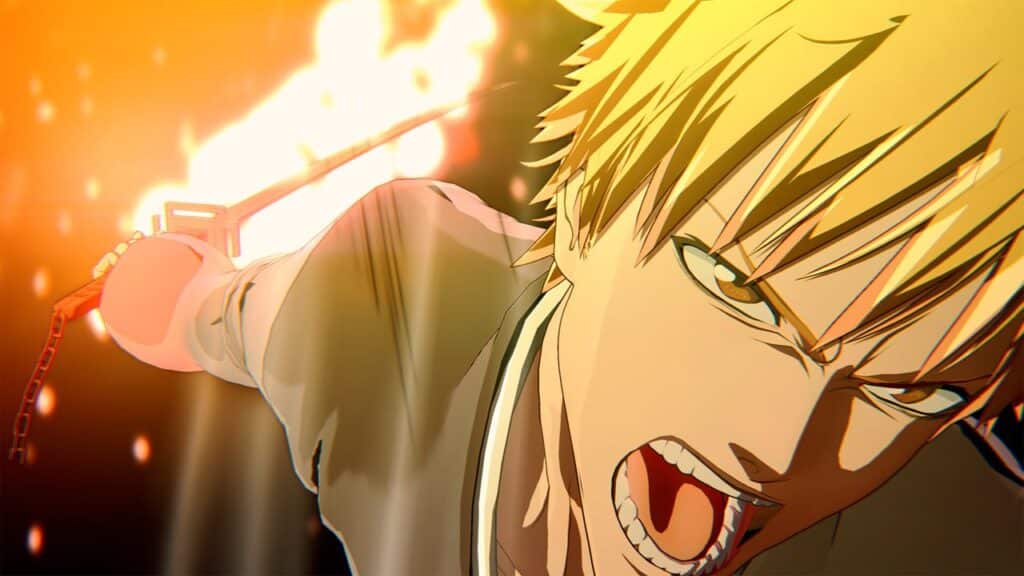
Where the Game Truly Shines: Combat and Variety
Once you’re done with the story mode, the real heart of Bleach Rebirth of Souls becomes clear: its gameplay. Unlike many anime-inspired fighters that rely on flashy effects over substance, this one sets up a more structured approach. Movement is locked onto your opponent, similar to classic 3D fighters, which forces you to think about spacing and timing rather than just rushing in.
Core Gameplay Approach
At its base, the action hinges on a rock-paper-scissors style trio of quick attacks, flash attacks, and breaker attacks. Each option has a direct counter, rewarding players who can read their opponent’s intentions. Special moves tap into a spirit gauge, which can also be spent on defensive moves like breaking free from combos or teleporting behind an enemy at a crucial moment. Manage those resources poorly and you’ll find yourself defenseless when it matters most.
One battle really highlighted how important strategy is. I picked Stark, juggling his ranged attacks, wolf summons, and form changes. Early on, my opponent’s well-timed awakening nearly wiped me out in seconds. But once I got used to Stark’s abilities, I started using spacing to my advantage and saved my finishing move for the perfect opening. That final blow sealed the victory, reminding me how this game isn’t about complicated button inputs—it’s about picking the right moment to strike.
Character Roster and Match Flow
The roster is impressively diverse. Each fighter brings a distinct playstyle, from Ichigo’s evolving transformations to Aizen’s ability to negate an enemy’s finishing move. Some rely on long-range options, while others excel at close-quarters pressure. Matches can feel lengthy because of the multi-stock system—opponents often hang on for a comeback even when you think you’ve got them cornered. However, these extended bouts also mean you’ll see the same attack animations often, especially if you stick to one main fighter.
Despite any frustrations with pacing, the core combat is engaging and feels more robust than what you usually find in anime-based titles. With a few tweaks—like adjustable controls or a quicker way to handle repeated cutscenes—Bleach Rebirth of Souls could stand among the best in its genre.
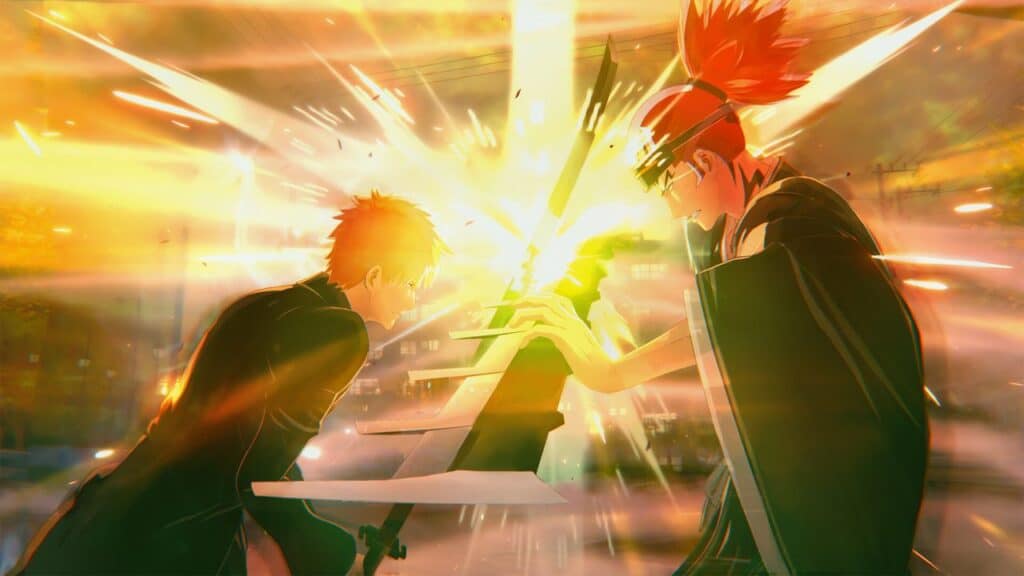
High-Energy Presentation with Some Stumbles
One thing Bleach Rebirth of Souls really gets right is style. The menus pop with energy, the loading screens feel alive, and the soundtrack pumps you up before you even get into a match. Character models stay true to the anime’s slick designs, and special attacks are downright explosive—exactly what fans expect from Bleach. The first time you see someone unleash a Bankai or fire off a cero is a genuine thrill.
Unfortunately, that same energy doesn’t carry over into story mode cutscenes. Instead of fully animating big moments or epic reveals, the game often cuts away or falls back on stiff movements. Scenes that should feel intense or emotional can end up coming across as flat, especially if you’re unfamiliar with Bleach and hoping for a dramatic introduction.
Another letdown is the unskippable special move animations. They look awesome the first few times, but watching the same attack cinematic over and over—especially in longer matches—gets old. Other fighting games, like Naruto Shippuden: Ultimate Ninja Storm 4, let you shorten or skip long ultimate move animations, so it’s a shame Rebirth of Souls doesn’t offer something similar.
That said, once you’re actually fighting, the game’s presentation mostly delivers. The lively visuals and fluid character animations do a great job of capturing Tite Kubo’s iconic art style. It’s just disappointing that the cutscenes and repeated attack animations don’t hit the same high marks.
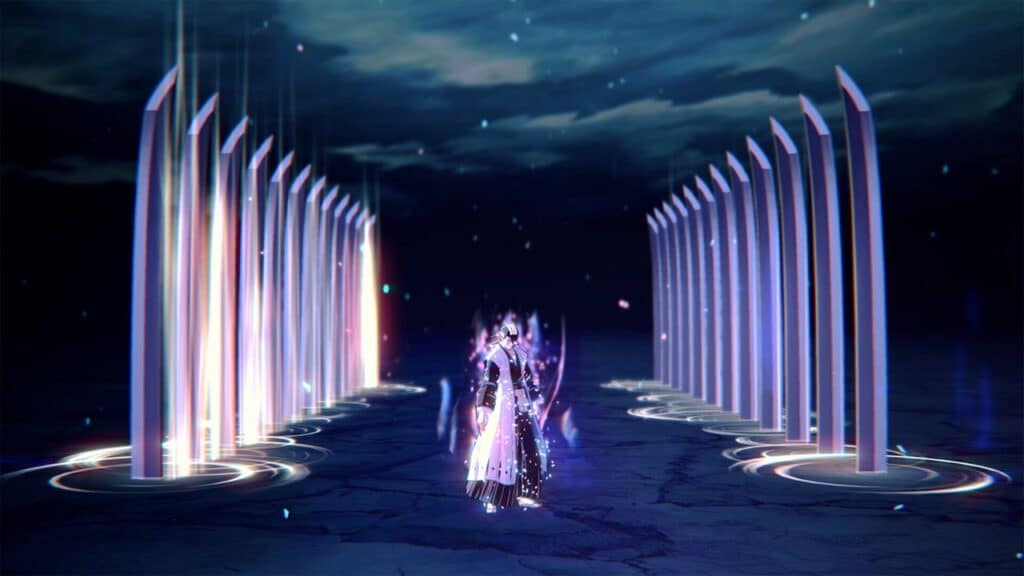
Online Play That Feels Like a Roll of the Dice
If you’re itching to test your skills against real opponents, the online mode in Bleach Rebirth of Souls can be exciting. It can also be frustrating at times. On a good day, finding a match is straightforward, and the connection usually holds up well—lag is rare enough that it doesn’t ruin the experience. But the biggest letdown is the complete absence of ranked play.
There’s no ranked mode or skill-based matchmaking. That means you never know if you’re about to face a beginner or someone with a much higher skill level. In one match you might barely winn, and the next match could be over before you even knew it started. There’s simply no progression system or indication of skill level, which makes every fight feel like a gamble.
It doesn’t help that there’s no spectator feature, either. If you like setting up lobbies with friends or running small tournaments, you’re out of luck. You can’t watch other people’s matches while you wait, which leaves everyone sitting around until it’s their turn.
When you do find someone near your skill level, matches feel like a real battle of wits, with both sides trying to outthink each other’s moves. Still, until a proper ranked ladder or more robust online framework comes along, the multiplayer scene may have trouble holding on to competitive fighters who crave structure and progression.
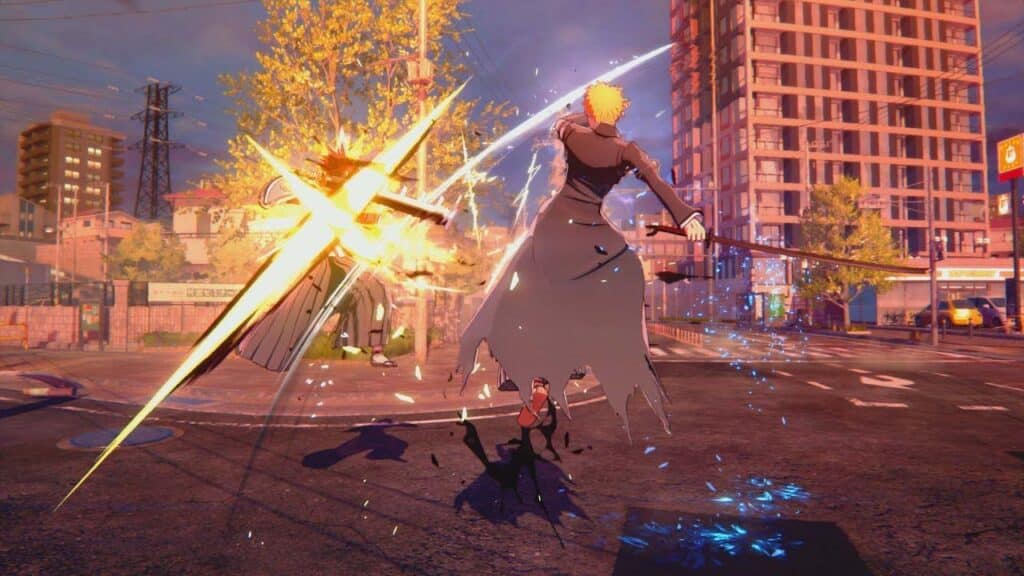
Bleach Rebirth of Souls is a Fun Fighter Missing Key Pieces
Bleach Rebirth of Souls does plenty of things right. It captures the essence of the anime’s high-energy battles and features a roster of uniquely designed fighters. The combat strikes a balance between being accessible and strategic. If all you care about is jumping online or playing locally with friends in true Bleach style, there’s plenty to enjoy. The game nails the fast, flashy combat fans expect from the series.
But for every positive, there’s a “what if?” The story mode can’t quite decide if it wants to be a faithful retelling or a quick summary. The multiplayer has its moments of brilliance but no ranked system or deeper progression to keep you invested. Unskippable attack animations and a lack of customization only add to the list of small frustrations.
At the end of the day, Rebirth of Souls shows that a great Bleach fighting game is possible. The foundation is strong, and with more content, polish, and competitive features, it could become a must-play. As it stands, it’s a solid choice for longtime fans who’ve been waiting for a new Bleach brawler. But if you’re hoping for more complex gameplay or a story mode that truly pulls you in, you’ll probably end up wishing there was a bit more to sink your teeth into.
Bleach Rebirth of Souls

Summary
Bleach Rebirth of Souls sticks close to Tite Kubo’s world, offering a roster full of fan-favorite characters and a 3D fighting system that captures the series’ high-energy feel. You’ll revisit major story arcs, but the pacing and cutscenes can feel off, and the lack of a ranked mode hurts replay value. If you’re craving more Bleach action and enjoy its unique combat style, this is worth a look—just don’t expect everything to be perfect.
As always, remember to follow us on our social media platforms (e.g., Threads, X (Twitter), Bluesky, YouTube, and Facebook) to stay up-to-date with the latest news. This website contains affiliate links. We may receive a commission when you click on these links and make a purchase, at no extra cost to you. We are an independent site, and the opinions expressed here are our own.

